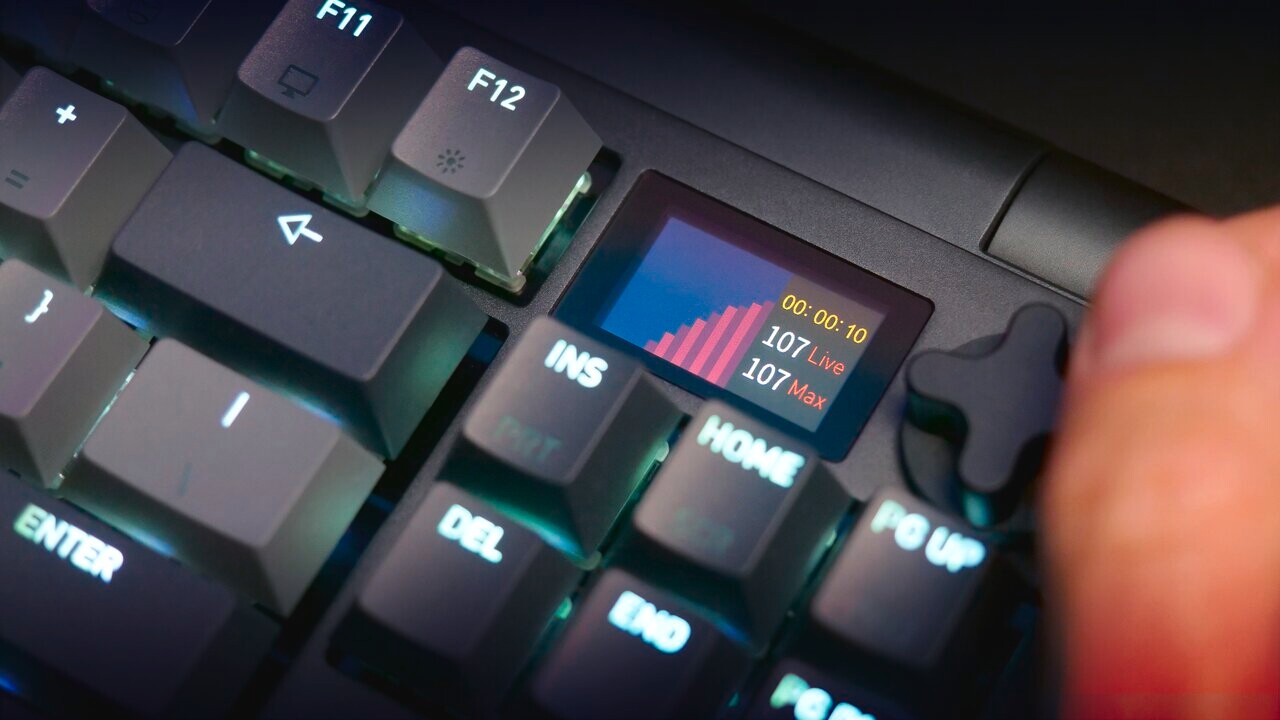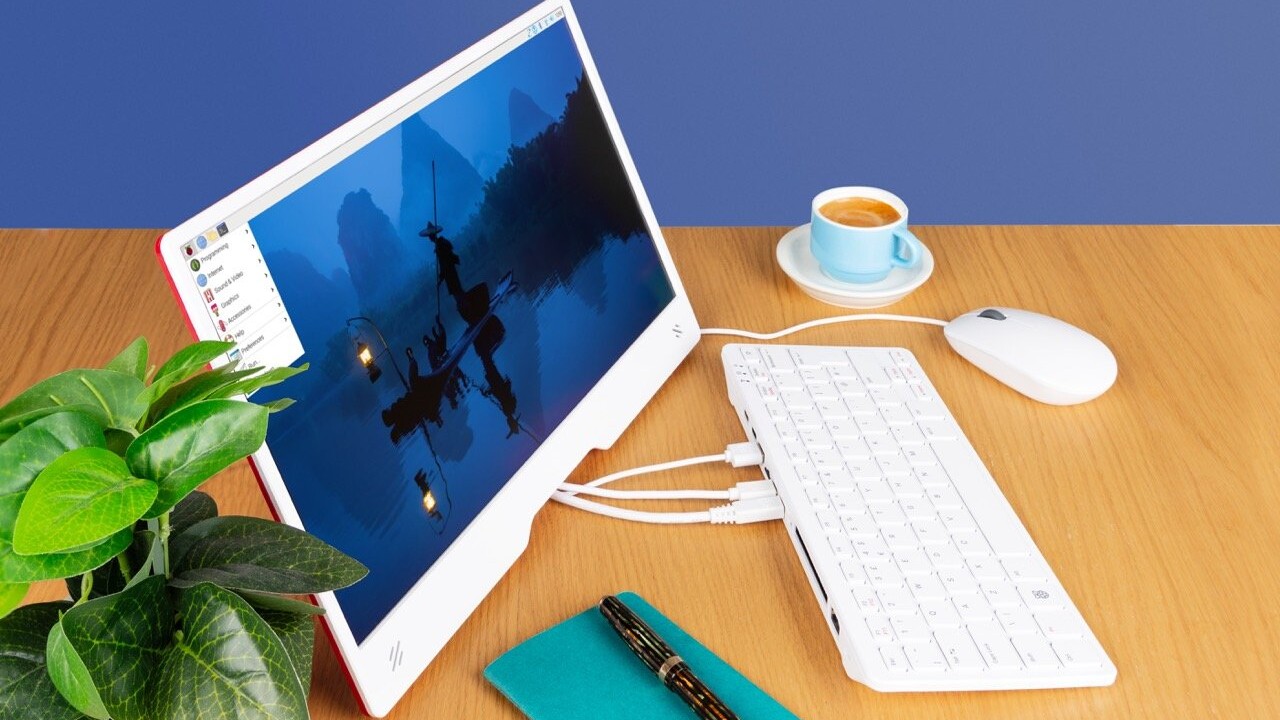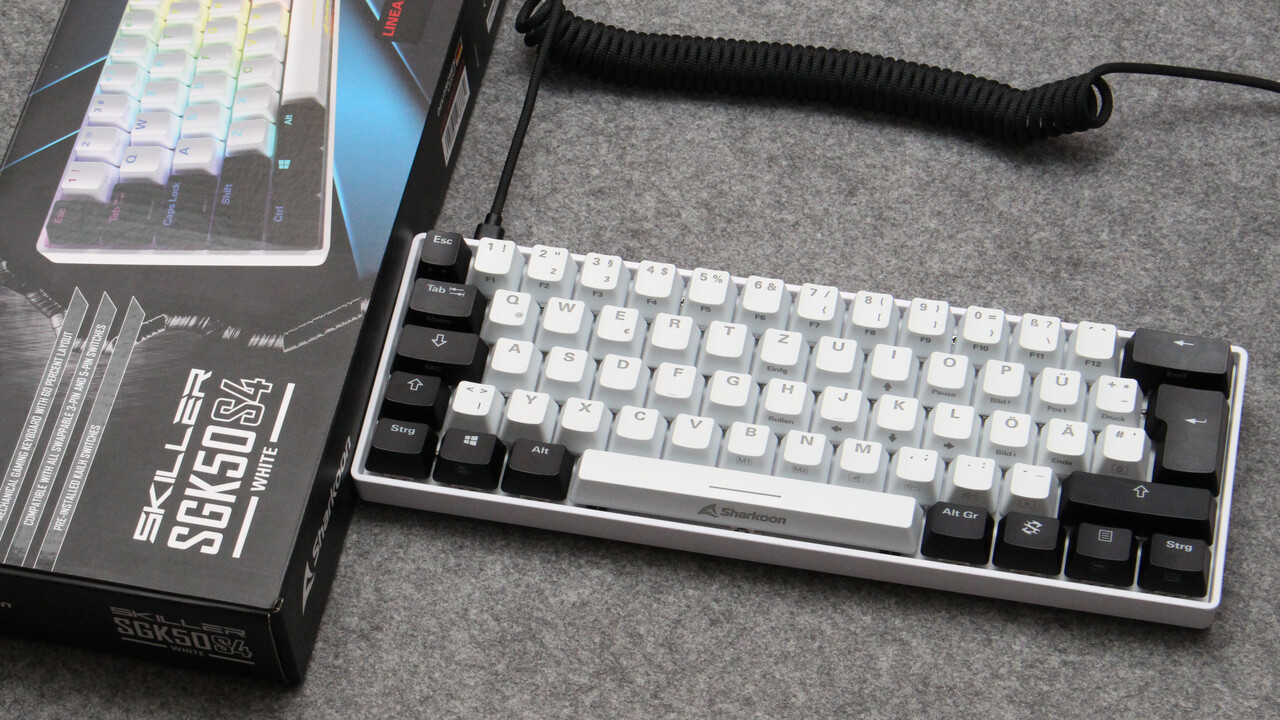Xtrfy MX 10.1 & MX 8.3 TKL: Cherry builds flat, button-based gaming keyboards 0 comments

Image: Cherry
Cherry is adding gaming keyboards to CES 2025. The Xtrfy MX 10.1 is flat and, like the compact Xtrfy MX 8.3 TKL Wireless, has a “button.” In both cases there is also a screen intended to facilitate operation.
The two Xtrfy keyboards stand out in several ways. For example with the case: the adjustable feet are not recessed into it, but can be unfolded into a sort of support. Additionally, Xtrfy MX 10.1 and Xtrfy MX 8.3 TKL Wireless feature an LC display with an unknown resolution. This should make it easier to control media, connection modes and lighting settings, as well as display battery status and typing speed. A “knob”, i.e. a rotary control, is used for operation.
Insulation for the MX 8.3
The Xtrfy MX 8.3 TKL is offered with MX2A Red switches and dual-shot PBT plastic keycaps in hot-swappable sockets. Cherry adapted the keyboard structure to the requirements of the times: an insulating layer is placed between the switch plate and the PCB, and both layers are decoupled from the housing. There is additional insulation under the PCB. It is not clear what materials are used.
MX Low Profile 2.0 for MX 10.1
Cherry’s first generation of discreet buttons don’t play a big role in the consumer market; Kailh and Gateron products are generally used – the buttons were not very convincing. MX Low Profile 2.0 should now bring improvements. Cherry only roughly describes the innovations: the design was revised and lubricants were used. This should make the buttons quieter and smoother. It can be assumed that the discrete buttons have essentially received the same optimizations as the second generation of MX buttons. Interestingly, the notebook’s mechanical buttons are still only available in the touch version and in the Corsair K100 Air (test) – Cherry therefore does not build the flattest keyboard possible with the MX 10.1 and LP buttons.
The buttons come in a red, linear version with a travel of 3.2 millimeters and a signal point at 1.2 millimeters. Cherry also uses PBT keycaps, which the company uses on all new releases. This highlights the MX 10.1 even more: PBT plastic is used less often in the flat version; ABS models will still be mainly used here in 2025.
Tri-mode connection
Both keyboards can transfer data via USB-C cable, 2.4GHz radio, and Bluetooth. Polling frequencies of 8000 Hz are possible via cable, while the wireless polling frequency via the radio receiver reaches a maximum of 4000 Hz. Operating times differ: with a 4000 mAh battery, the MX 10.1 has a battery life of up to 900 hours via Bluetooth, with a 4000 Hz radio it should be a maximum of 50 hours – depending screen and brightness settings. The MX 8.3 has a 4,600 mAh battery and therefore has a maximum battery life of 1,200 or 55 hours.
It is still unclear when and at what price the two keyboards will hit the market. Based on previous pricing structures, the models are expected to cost between 150 and 200 euros in the region.
Topics: CES 2025 Cherry Input Device Keyboards Source: Cherry

Victor explores mechanical, ergonomic, and gaming keyboards to combine comfort, precision, and responsiveness.


